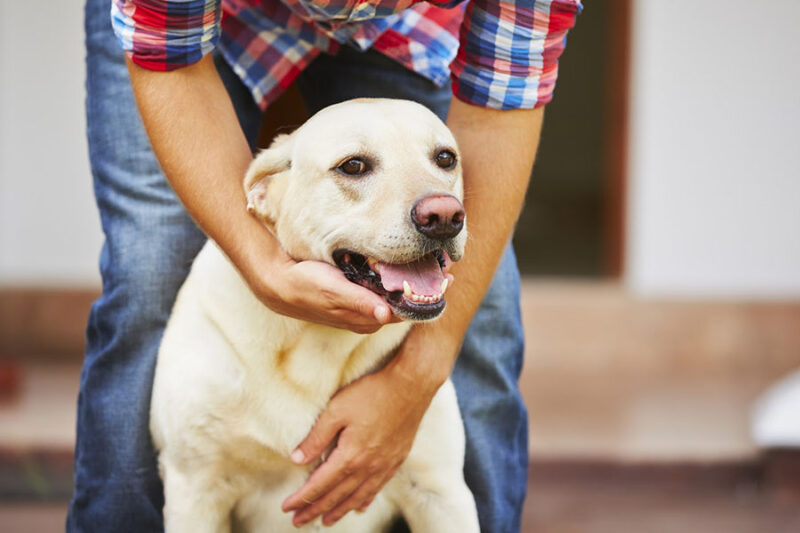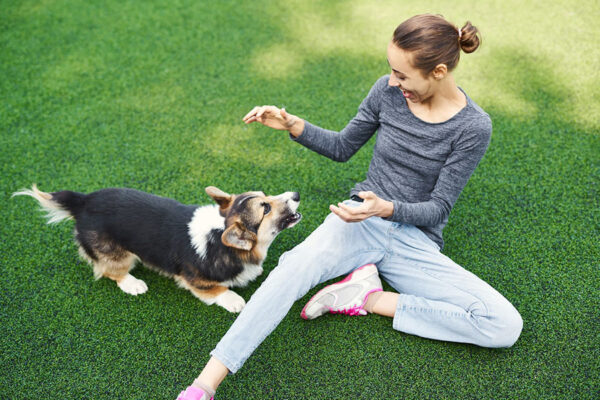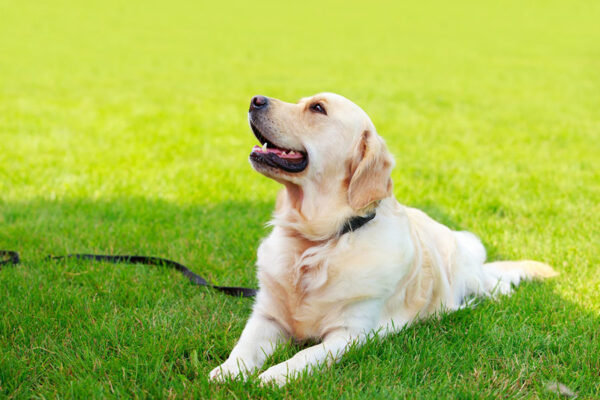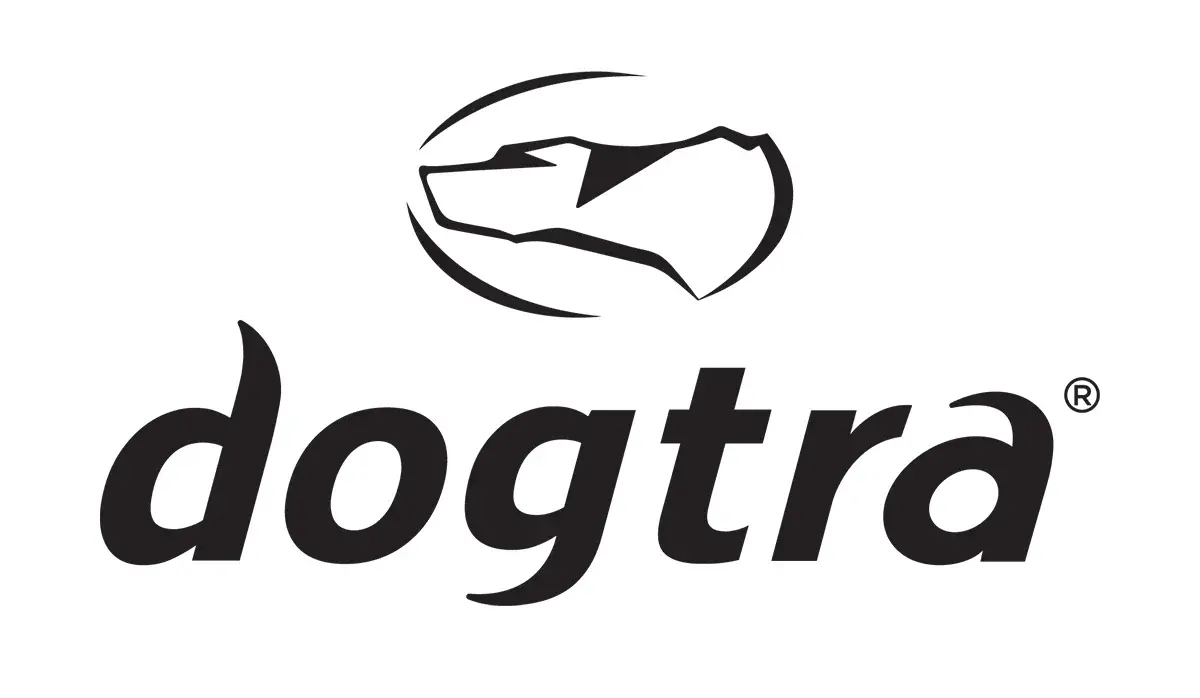
Every dog owner cherishes playful moments with their furry friend. But what if the playfulness turns into hyperactivity? Keeping a dog calm can feel like an endless battle that neither of you wins. Hyperactivity in dogs can be the result of several things, from anxiety to lack of exercise. Your first mission is to get to the bottom of what’s preventing your puppy or adult dog from being able to calm down. In many cases, your pet has simply not found enough coping mechanisms for stress — or requires additional training to learn commands that help it meet your expectations. Understanding the root causes and implementing effective strategies can help you and your dog find a balanced state of calm.
Remember that all dogs are super-keen to please their owners, and being out of control is often a sign that it doesn’t know how to impress you. It could be the result of pent-up energy or a more serious matter, so it’s always good to check with your veterinarian if you have any concerns. Read on to learn some helpful tips about how to calm down an overly excited dog.
1. Addressing Attention Deficits: The Key to Calm
Perhaps the most common cause of a hyper dog is a lack of attention. Dogs require a lot of hard work and love to ensure they stay happy and healthy. If you find yourself faced with a hyperactive dog every day, there’s a good chance it’s not getting enough physical and/or mental stimulation.
Be really honest with yourself and assess whether some of the time you spend on social media, watching TV, or working long hours could be spent giving your pet the love it needs to be well-adjusted.
2. Laying the Foundation: Early Training Matters
Dog obedience training is essential if you want to be able to help your dog regulate its behavior and feel secure. By nature, dogs are pack animals, which means they feel their best when they have a task to perform and a leader to please. If you leave your dog to its own devices, it’s practically guaranteed to pick up bad habits and act out.
However, dogs are exceptionally good at learning and eager to please their pack leader. If you use eye contact and commands to ensure your dog feels useful and occupied, you won’t struggle to calm it down in the face of practically any situation.

3. Try Detox Training to Prevent Over Excitement on a Leash
If you feel it’s too late and your dog has picked up bad behaviors you’ll never be able to change, think again. Take barking at people or other dogs while on the leash, for instance. Excitable behavior around other animals and people is usually a sign that your dog thinks it’s playtime, and it can barely contain itself. If you’ve let other people pet it and frequently taken it to dog parks and left it to play unsupervised, these could be the reasons.
Detox training involves teaching your dog to focus on the leash and not letting any other person or dog approach your dog for pets or playtime. You don’t need to feel bad or be rude to get your point across to others; just let them know you’re doing some training. Once you’ve taught your dog that the leash is a place for calm and never something it can tug on, you can start to introduce commands to let your dog know when it’s okay to approach.
4. Harness Energy: The Power of Regular Exercise
It might seem like an obvious one, but wearing your dog out can be one of the most effective ways of avoiding overly high energy. By ensuring you get it tuckered out from a day of play and exercise, you’re burning off any excess energy that could translate into anxiety or bad dog behavior later on.
5. Mind Games: Boosting Your Dog’s Cognitive Control
Obstacle courses, mantrailing, hiding treats, and going to dog training classes are some of the best ways to ensure your dog isn’t just physically tired but also mentally stimulated. If your dog gets too over-excited during a game, end it immediately. This approach will gradually teach the dog that it needs to remain calm if it wants to keep playing.
6. Learn Your Dog’s Body Language
If you’re not sure what the cause of your dog’s excitement is, take some time to learn his body language. Observe your dog while it plays and be careful to look at its stance, eyes, ears, and listen to the sounds it makes to gauge how it’s feeling. This will help you understand how well it’s responding to training sessions and know exactly when a time-out is due.
7. Use Positive Reinforcement for Good Behavior
Any time your dog is behaving in a way that’s favorable to you, find a way to treat it. This doesn’t have to be food; it could be affection, exercise, or a favorite toy. By ignoring behavior you don’t like, ending fun activities as soon as the dog acts out, and reinforcing the behavior you want, you’ll teach your dog what you expect so it can act accordingly.
8. Remember Your Dog’s Behavior Can Be a Reflection of Your Mental State
Something dog parents often forget is how sensitive pets are to their owners’ emotions. When you’re stressed or anxious, your dog can pick up on these emotions and act accordingly. Likewise, if you’re frustrated, angry, or feeling impatient with your pet, it might respond to this with fear, anxiety, and bad behavior. A dog trainer can help you assume the body language and authoritative but calm mindset necessary to ensure your dog doesn’t get too excitable.

Embark on a Calm Journey with Your Canine Companion
People often underestimate how much time, effort, and knowledge goes into the proper training of puppies and adult dogs. If you’re dealing with an excited dog, there’s no need to feel ashamed or inadequate — you should feel proud for wanting to help your pet!
At The Dog Wizard, we give dog owners the tools and skills necessary to inspire calm behavior and reduce excess energy, so you have a happy dog and a calm household. If you need a professional dog trainer, don’t hesitate to get in touch today.










